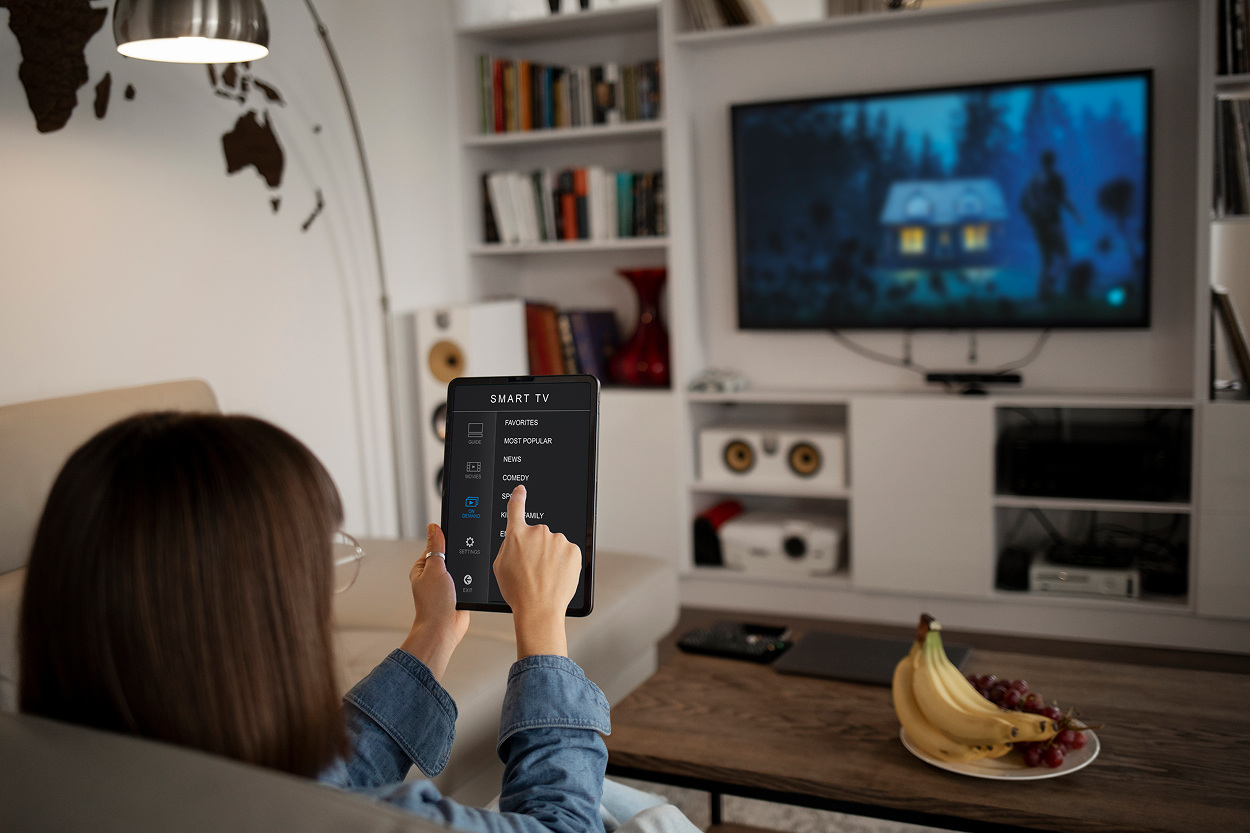Supporting OTT Platforms: Enhancing Android TV, Tizen, and WebOS with Embedded Integrations

The OTT landscape is saturated with platforms — Android TV, Tizen, and WebOS dominate the living room, powering everything from smart TVs to streaming dongles. For OEMs and content providers, building apps on these platforms has become the industry norm. But what happens when you need to go beyond what the platform allows out of the box?
That’s where embedded-level integrations come in — and they’re quickly becoming the secret weapon for companies seeking to differentiate, optimize, and extend the capabilities of existing OTT systems without rewriting the platform itself.
In this article, we explore how embedded design can improve performance, stability, and UX on Android TV, Tizen, and WebOS — and what it takes to do it right.
Why Embedded Integrations Matter in the OTT Ecosystem
While OTT platforms offer SDKs and APIs for app development, they place strict limitations on lower-level access. This sandboxed approach protects performance and security but creates barriers when vendors want to:
- Add hardware acceleration for custom codecs or AI processing
- Optimize memory usage or thermal performance
- Implement advanced diagnostic and QA tools
- Enable deeper integration with external sensors or broadcast inputs
- Create branded or white-label experiences that bypass standard UX flows
Embedded software development allows vendors to address these limitations by working below the application layer — at the level of device drivers, middleware, and system services.
Android TV: More Than an App Launcher
Many vendors treat Android TV like a smartphone platform — just another place to launch an app. But this mindset overlooks the potential of integrating at the system level. With embedded Android development, it’s possible to:
- Customize AOSP (Android Open Source Project) builds for specific hardware
- Add support for non-standard peripherals (e.g. tuners, HDMI passthrough, infrared remotes)
- Integrate native C/C++ modules for low-latency video processing
- Implement OTA update logic that ties into proprietary device ecosystems
We’ve seen clients reduce boot times, improve video playback performance, and resolve memory fragmentation issues by embedding their own logic into the HAL (Hardware Abstraction Layer) or modifying media frameworks like ExoPlayer at the native level.
Tizen and WebOS: Closed Platforms Still Open to Optimization
Unlike Android TV, both Tizen and WebOS are controlled by device manufacturers — primarily Samsung and LG. This makes embedded access more challenging but not impossible.
For OEMs and partners with direct access or agreements, it’s possible to:
- Extend the capabilities of Tizen’s Media Framework using native extensions
- Build system-level monitoring tools for debugging or analytics
- Tailor input handling and UX flows based on broadcast or IP content types
- Integrate AI/ML accelerators using NPU access at the SoC level (common in LG’s Alpha or Samsung’s Exynos series)
Even without full source access, developers can optimize applications by using embedded proxies or middleware layers between the app and the OS, improving responsiveness or enabling features like low-latency input or energy-aware processing.

Case Study: Embedded QA on OTT Set-Top Boxes
One of Promwad’s clients needed to support Android TV on a custom STB with tight thermal constraints and occasional signal dropouts from satellite inputs. Instead of rewriting the app logic, our team embedded QA diagnostics at the kernel level, enabling:
- Real-time frame loss detection
- Automated hardware error logging
- Thermal state monitoring with alerts via MQTT
This embedded solution dramatically improved platform stability and allowed the client to pass regulatory certification on the first attempt.
The Engineering Challenge: Working Without Breaking the Platform
When working at the embedded level, one of the biggest risks is compatibility. OTT platforms are updated frequently, often without detailed change logs. Integrators must ensure that embedded logic:
- Survives OTA updates
- Doesn’t introduce security vulnerabilities
- Doesn’t break certification (e.g. Netflix or Google compliance testing)
- Works across regional variants of the same hardware
To succeed, engineers need experience with:
- Linux kernel development
- Embedded Android (AOSP) customization
- SoC-level integration (e.g. Broadcom, MediaTek, Amlogic, Qualcomm)
- CI/CD pipelines for firmware testing
- DRM and secure video pipelines (Widevine, PlayReady)
When to Use Embedded Integrations for OTT
Embedded enhancements make sense when:
- Your OTT product needs features beyond what SDKs offer
- Stability or performance is critical (e.g. low-end hardware or poor connectivity)
- You’re launching a custom device or white-label platform
- You need to integrate legacy hardware or broadcast signals
- Regulatory compliance depends on hardware/software coordination
They are less ideal when you're building content-only apps for existing consumer devices, or when you don’t control the hardware/software stack.
Final Thoughts
Android TV, Tizen, and WebOS are powerful platforms — but they’re not one-size-fits-all. As OTT becomes more competitive, companies looking to stand out need more than just an app — they need deep system understanding.
At Promwad, we help our clients unlock the full potential of OTT platforms through embedded development. From custom firmware for Android TV to diagnostic tools on WebOS, we bridge the gap between system integration and product success.
Whether you’re developing the next streaming device, enhancing QA infrastructure, or supporting hybrid broadcast-OTT setups — embedded integration could be your strongest tool.
Our Case Studies







